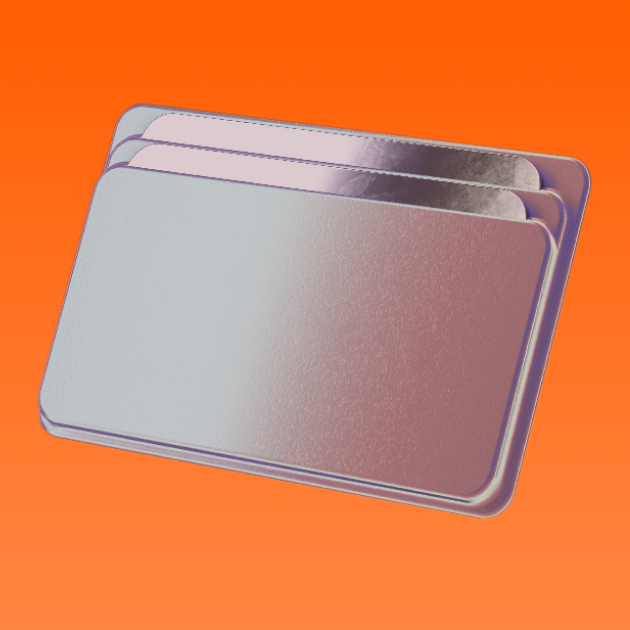What is Polkadot (DOT)? An introduction to DOT
A beginner’s guide to Polkadot (DOT), the protocol that’s facilitating blockchain communication through interoperability.
By Milly Fox-Jones

Every once in a while a new blockchain is built with the aim of improving what’s already out there.
Polkadot is one example, offering a unique approach to interoperability, scalability, and governance within Web3.
Unlike traditional siloed blockchains, Polkadot strives to create an inclusive and interoperable ecosystem where different specialized chains can seamlessly communicate and share information.
In this article we’ll learn about Polkadot and its mission to enable a completely decentralized web.
What is DOT?
Polkadot (DOT) is the Polkadot platform’s native token. According to Polkadot’s creators, it has three key functions: governance, staking, and bonding.
- Governance: Owning DOT entitles holders to contribute to governance of the platform, a privilege usually reserved for miners. This means that holders have control over the protocol, from determining fees to auction dynamics.
- Staking: For the platform to function effectively, Polkadot relies on DOT holders to play an active role. This means staking DOT, which involves locking up a certain amount of tokens as collateral to participate in the network's consensus mechanism. Not only is it in the interest of holders to stake their DOT to protect the platform, they can also collect rewards for doing so.
- Bonding: “Bonding” is a type of Proof-of-Stake (PoS) consensus mechanism that involves locking up DOT in order to add new “parachains” (explained below) to the network.
How does DOT work?
DOT runs on the Polkadot protocol, an original blockchain from creators Dr. Gavin Wood (Ethereum co-founder), Peter Czaban, and Robert Habermeier.

A protocol is a set of rules that allows data to be shared between computers. Within crypto, protocols form the structure of the blockchain. They’re also an essential part of the functioning of the internet (“http” at the start of URLs stands for “hypertext transfer protocol”, and is just one of many protocols that govern the transmission of data via the web).
The Polkadot Protocol
The Polkadot protocol was designed to bring a new level of interoperability to Web3 by allowing unrelated blockchains like Bitcoin and Ethereum to securely communicate so that data (any type of data, not just tokens) can be transferred between them without an intermediary.
It can connect permissioned and permissionless blockchains as well as oracles and non-blockchain databases, making cross-chain registries and cross-chain computation possible.
The Polkadot network consists of a main blockchain (known as the “relay chain”), user-created parallel chains (“parachains”) and connecting “bridges” that allow data to be transferred between blockchains.
One of the main benefits of this structure is the speed and scalability it offers. Since the parachains do a lot of the work for the relay chain, the Polkadot network can process over 1,000 transactions per second. By comparison, Ethereum can only process between 20-30 transactions per second.
Polkadot’s goal: a fully decentralized web
Polkadot’s vision is to enable a truly decentralized internet where people’s identity and data is their own, unencumbered by any central authority.
Through its protocol, Polkadot enables cross-blockchain transfers of any type of data or asset and supports a truly interoperable decentralized web.
Where to buy Polkadot
You can buy DOT via MoonPay or through any of our partner wallet applications with a credit card, bank transfer, Apple Pay, Google Pay, and many other payment methods. Just enter the amount of Polkadot you wish to purchase and follow the steps to complete your order.
Users can also top up in euros, pounds, or dollars and use MoonPay Balance when buying Polkadot (DOT) and other crypto tokens. Use your balance to enjoy lower transaction fees, quicker processing times, and better approval rates.
Swap Polkadot for more tokens
Want to exchange DOT for other cryptocurrencies like Ethereum and Bitcoin? MoonPay allows you to swap crypto cross-chain with competitive rates, directly from your non-custodial wallet.






